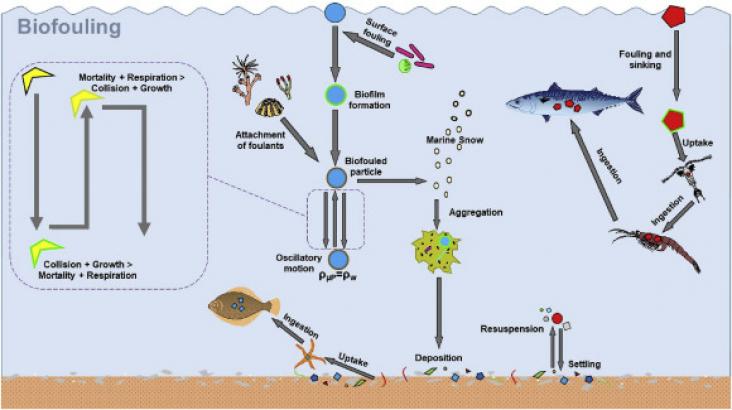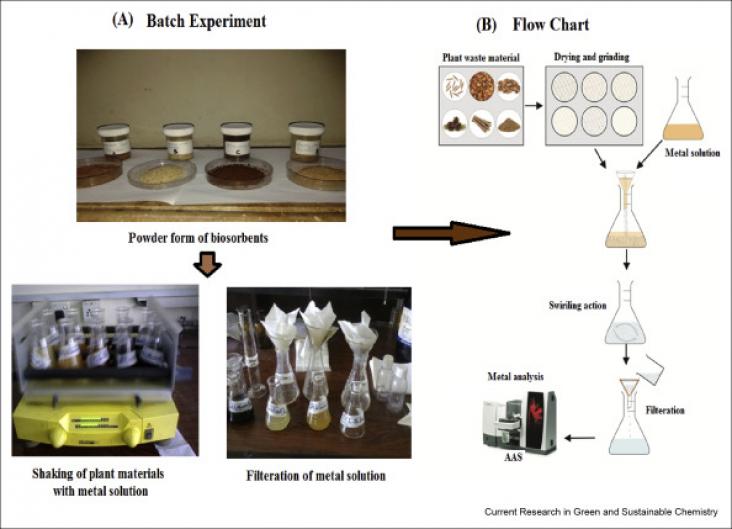
Water pollution is one of the serious threats in the society. More than 8 million tons of plastic are dumped in the oceans each year.
Background: Access to safe sanitation and the elimination of open defecation are pre-conditions for improved child health and nutrition and wider achievement of the Sustainable Development Goals (S

As the global production of plastics continues to accelerate, the ubiquitous presence of microplastics (μPs) has emerged as a significant marine problem.
This study supports SDGs 3 and 6 by analysing data from 88 low-income and middle-income countries and showing geographical disparities in access to clean water and sanitation facilities. These findings identify where efforts to increase access to safe water and sanitation have been successful over time, and highlight the need for targeted and tailored interventions to reach those communities and regions that have been left behind.

Tropical insects are astonishingly diverse and abundant yet receive only marginal scientific attention.
This study supports SDGs 3 and 6 by suggesting that current methods of cholera control are insufficient at achieving zero transmission of Vibrio cholerae in Haiti, and that large-scale cholera vaccination campaigns are needed alongside improvements in water and sanitation for long-term cholera elimination.
In 2016, the World Health Organization declared that ‘Health is one of the most effective markers of any city's successful sustainable development’ (World Health Organisation, 2016).

This research explores the use of indigenous waste plant materials for an easy and cost-effective approach for the removal of heavy metals from water.
The empirical analysis shows that unregulated water vending makes households without connection to pay higher tariffs for water. The paper among others recommends that tariffs at which vendors should sell water to customers should be set and closely monitored in order to ensure that households without connections have access to water at reasonable tariffs.
